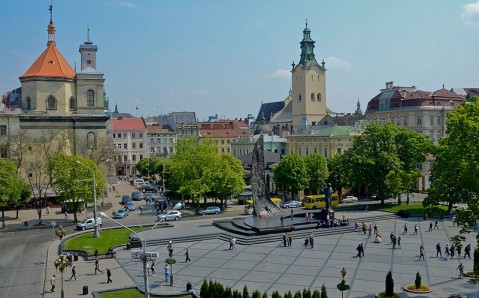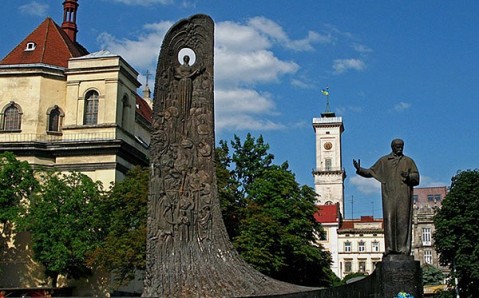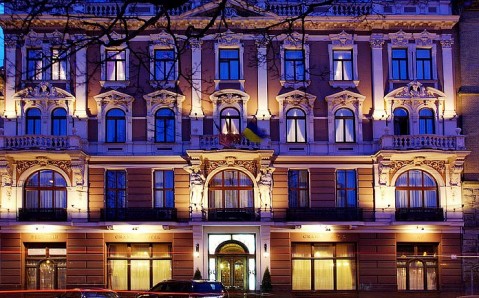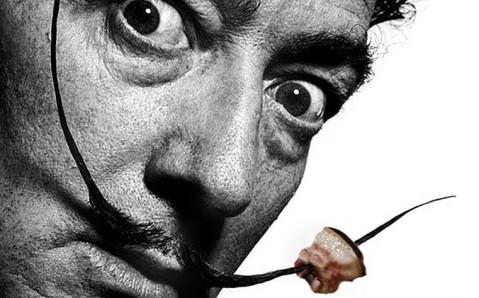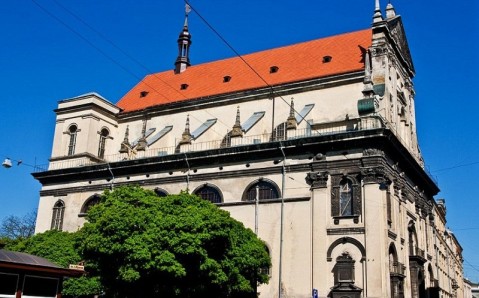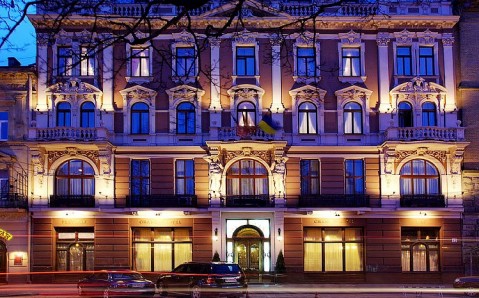Svobody Avenue
Svobody Avenue is the city main street combining functions of the business and cultural center. It is Lviv’s second most important historical spot after the Rynok Square. The avenue owes its status of one of the most beautiful and elegant streets in the city to its splendid architecture, which harmonically combines traits of various historical styles. Elegant ancient houses, framing it from both sides, are Svobody Avenue’s main adornment and create its unique atmosphere.
Once, the western line of Lviv fortifications, called Lower Walls, was located there. In the late 18th century, when the city was under the governance of Austria-Hungary, dilapidated fortifications were pulled down and the even side of the modern avenue was formed. The odd side was constructed on the marshy bank of the Plotva River, which was hidden under the ground, later.
By the year 1800, a boulevard with orderly poplar lines and an alley in the center appeared on this place. Soon, the avenue, whose popularity grew steadily, became one of city residents’ favorite strolling areas and acquired the status of the most prestigious place in Lviv. As a result, fashionable hotels, casinos, banks, expensive shops and luxurious apartment houses started to spring up all over the street. It is in this period that incredibly beautiful houses formed the current appearance of the central city street.
Svobody Avenue’s most attractive building, its symbol and highlight, is the magnificent Opera House. Other notable structures include the elegant National Museum, the former Galych Credit Fund (currently the Museum of Ethnography and Arts Crafts), the Viennese Coffee House and the Grand Hotel. One of the Svobody Avenue’s most recognizable sights is the unusual monument to Taras Shevchenko with 12-meter-high bronze stele ‘Wave of National Renaissance,’ installed in its center.

 Western
Western
